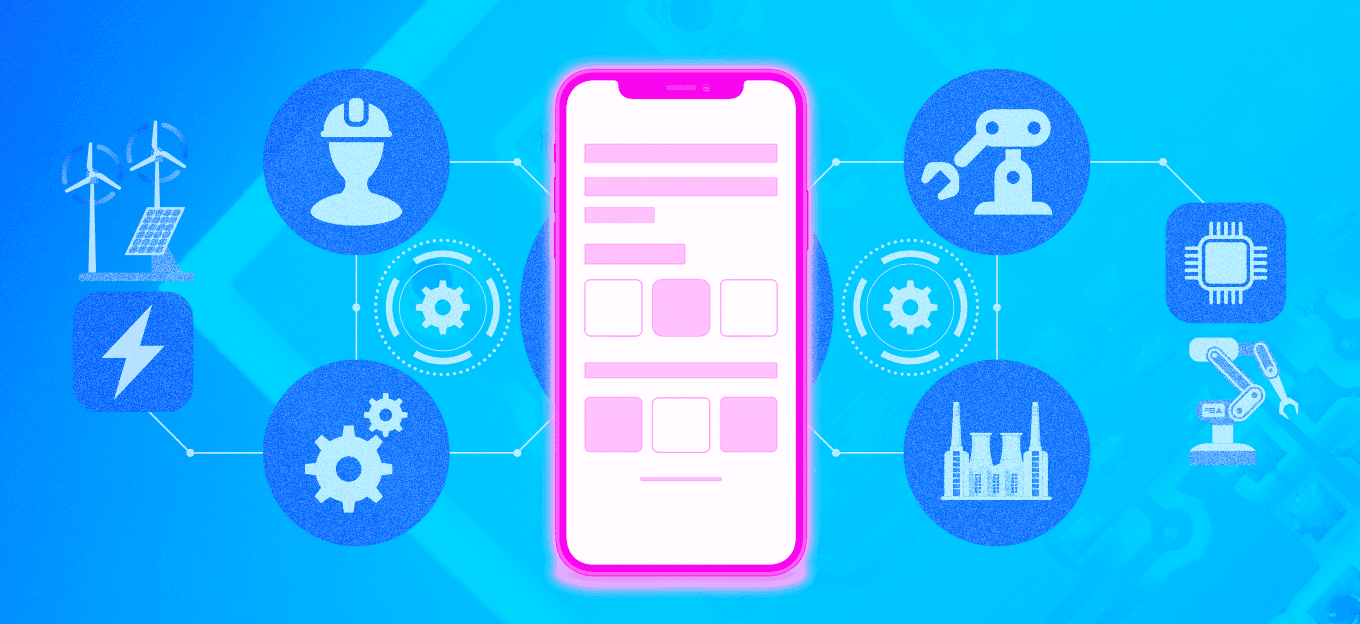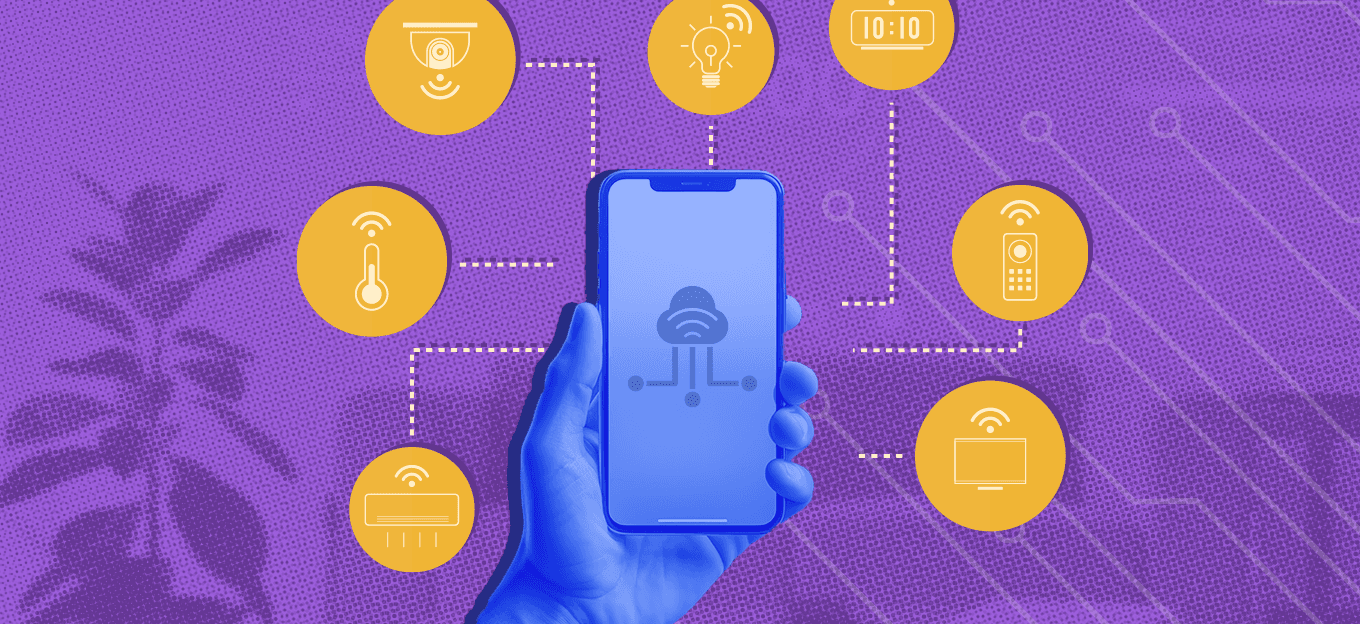Ionic, Flutter & React Native: What Are They and When To Use Them
Ionic, Flutter & React Native: What Are They and When To Use Them
- Last Updated: December 2, 2024
Guest Writer
- Last Updated: December 2, 2024



Ionic, Flutter, and React Native are frameworks that allow you to build an app for both the major platforms- iOS and Android. These frameworks are popular among the mobile app development world as it allows the developers to build applications using a single source code for every platform. It costs less; hence, the demand for cross-platform app development has increased over the past decade.
Ionic, Flutter, and React Native are frameworks that allow one to build an iOS and Android app. Learn more about why they are popular among mobile app development.
It is now a well-known fact that smartphones have become an essential part of people’s day-to-day lives; with this increased number of smartphone users, it is only wise to invest in a mobile application for your business. No matter if you are planning to invest in a mobile application for your already established business or a startup, cross-platform app development is the way to go.
Cross-Platform App Development saves developers the trouble to write a different source code for each platform. Meaning, they need to learn various programming languages such as Swift, HTML, Objective C, etc., which have been eliminated. Developers only need to be well equipped with basic programming languages like JavaScript for Ionic and React Native and Dart for Flutter. Therefore, Cross-Platform App Development has made it possible to develop native applications for several platforms using just one language rather than using a separate language for every platform reducing the extra effort required to learn multiple languages.
Let’s learn more about these Cross-Platform App Development Frameworks.
Ionic
Ionic is an open-source SDK that was launched in 2013 for Cross-Platform App Development. It was created by Drifty Co. and used several technologies, which makes it ideal for Cross-Platform App Development. Ionic is majorly used to build native mobile applications using different HTML, JavaScript, and CSS technologies. However, developing mobile applications with Ionic would be the UI of the said application, its feel, and the looks. As it is open source in nature, the Ionic framework is free to use.
Flutter
Flutter is a portable UI toolkit launched by Google for developing high-quality Cross-Platform Applications that give a native feel to the user. Flutter is designed in a way that works with existing codes. Therefore, it is used by developers to build cross-platform applications around the world. Flutter is open-source, and so it is free to use. It is built with C++, C, Dart. Developers like Flutter as it speeds up the development process reduces the complexity and cost of app development.
React Native
React Facebook supports native. It is a Cross-Platform App Development framework that builds apps for both iOS and Android and has the ability to build applications that have a native-like feel. React Native is used by several tech giants like Instagram, Airbnb, Facebook, Tesla, Walmart, etc. It uses JavaScript as its programming language for writing native-like cross-platform app source codes. Currently, React Native backs both iOS and Android and has plans to expand its potential services to other platforms in the future.
Ionic vs. Flutter vs. React Native
Flutter is Google’s baby; suffice to say, it is a well-performing cross-platform app development framework. React Native is an SDK that Facebook builds to make it easier to develop iOS and Android apps using a single source code. On the other hand, Ionic has a slightly different approach when it comes to building cross-platform apps. Ionic helps developers build cross-platform apps using JSS, HTML, and CSS. Ionic makes sure that you can reuse the codes.
Main objectives you need to keep in mind when choosing a Cross-Platform App Development Framework between Ionic, Flutter, and React Native:
| Objective | Ionic | Flutter | React Native |
| Language Stack | CSS, JSS, HTML | Dart | JavaScript |
| Code Reusability | Allows code reusability | Allows code reusability | Allows code reusability |
| Component Library | Pre-built components | Built-in widgets | Built-in components |
| Performance | Faster and Interactive apps | Graphically enhanced apps that are high performing | Native-like apps |
| User Interface | Great UI | Best UI | Great UI |
| Ecosystem | Great Ecosystem | Great Ecosystem | Great Ecosystem |
| Community | Strong | Less popular than the other two | Strong |
| Native Device Features | Decent native-like features | Decent native-like features | Decent native-like features |
| Backed platforms | iOS8+, Android 4.4+ | Not sure as of yet | iOS 8+, Android 4.1+ |
| Popular apps | Nationwide, Pacifica | Hamilton | Instagram, Facebook, UberEats |
| Costing | Open-source and paid as well | Open-Source | Open-Source |
Which Framework Is Best?
Ionic is very popular as it eliminates the learning of a new language factor, whereas Flutter needs the developers to learn Dart programming language to build cross-platform apps. Although, when it comes to building highly graphical apps, Ionic is never the first choice of the app developers, React Native comes into play then. Flutter is new compared to Ionic and React Native but is soon getting the recognition it deserves.
This comes down to mean that all these frameworks are best in their own way. While choosing a framework to develop an application for your business, acknowledging many factors is important as no one framework can be best for all kinds of businesses or applications.
The Most Comprehensive IoT Newsletter for Enterprises
Showcasing the highest-quality content, resources, news, and insights from the world of the Internet of Things. Subscribe to remain informed and up-to-date.
New Podcast Episode

Moving Past the Pilot Phase in IoT and AI
Related Articles


